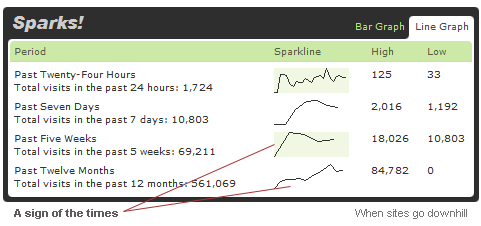I’ve mentioned before how much I depend on and love RSS feeds. Google Reader is one of those tabs I always have open in Firefox. And with literally hundreds of posts to look through, I’m inevitably drawn to those that look interesting- by that, I’m not just talking about a catchy title (although that always helps!)- I mean posts that are formatted well.
The thing is, because RSS Readers are not web browsers, they strip your content down to- well, to just your content. As a subscriber to your RSS feed, I don’t get to see your fancy background or your jazzy sidebars or your 500-pixel-tall header. In RSS Readers, content is truly king. Here are some tips on formatting your next blog post:
- Headers and sub-headers are your friends. When writing a blog post, I like to think less New Yorker, more Reader’s Digest. By adding headers and sub-headers to the different parts of your post, you break up the monotony- and allow your reader to jump to another section if he/she so chooses.
- Use lists. See what I’m doing here? By formatting these tips as a list, I’m separating them from the rest of the post- so again, you don’t just see paragraphs and paragraphs of text. Because you’re expecting tips, your eyes can go straight to the list, knowing that’s where the meat of the post probably is.
- Write shorter paragraphs. You know not to be afraid of white space- and that goes for the space between paragraphs too. Yes, it’s all about breaking up those loooooong paragraphs that look boring (even though they may not be).
- Watch how you align your images. The safest way is to put your image on one line, with a nice strong break before the following text. If you must do the left or right align thing, you should be using CSS anyway.
- Publish full posts. Okay, so that doesn’t have much to do with formatting- I just had to sneak it in there. Please, please publish full posts in your RSS feeds.
Do you have any tips on formatting posts? What types of posts catch your eye in your RSS reader?


